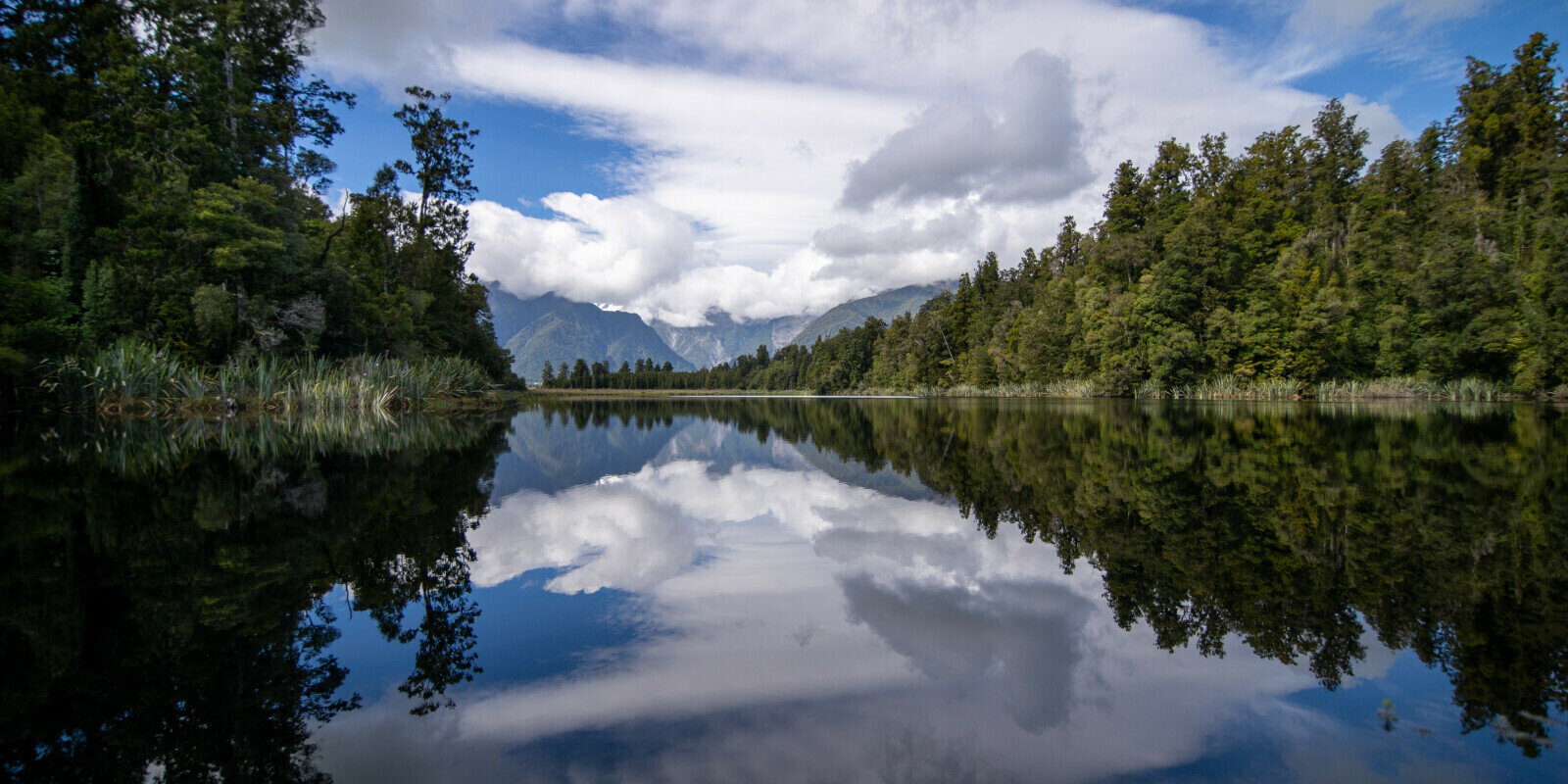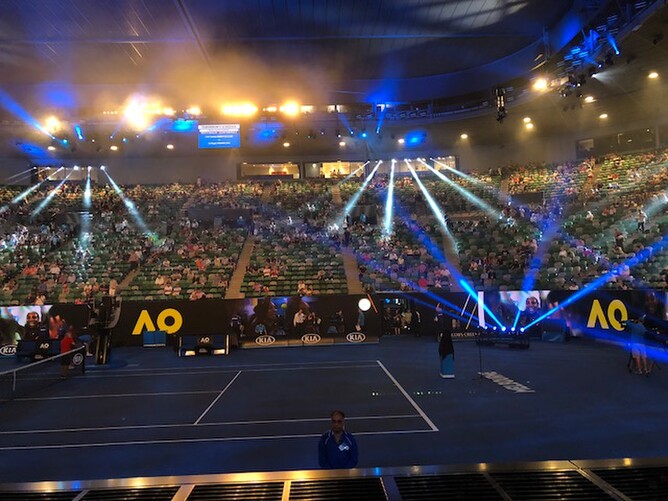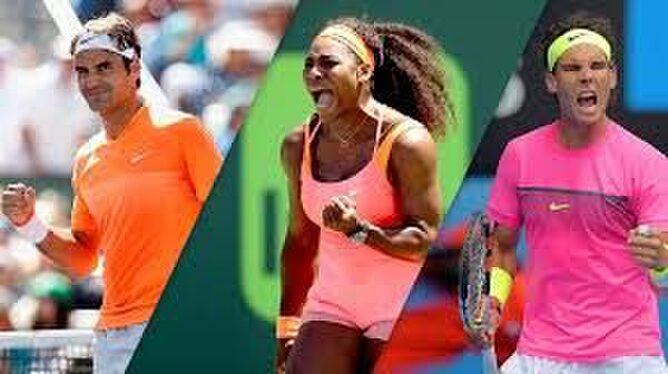When Peter and I attend or watch sports we make a great team. Peter is passionate and knowledgeable about the sports side of the contest, and I am fascinated by the business of the sport. The professional tennis world is a huge business world.
In our seven years absence from the Australian Tennis Open, the business side has become even more commercial and lucrative for the organisers and the stars.
The prize money (which is the same for both men and women) has increased dramatically from 2007 when we first attended. The winner pockets $4,000,000 Australian, the runner up $2,000,000. Players that make it to the first round earn $60,000, Quarter Finalists receive $440,000. The total prize pool was 10% higher than in 2017 and equaled AUD$55 million. During 2017, 51 male players earned more than US$1million and the prize money has nearly doubled in the last 5 years. But Grand Slams are big business and that AU$55 million pool is still less than 10% of the overall revenue of the tournament.
It is lucrative, but these days successful sports people can make a good living – from the Diamond series athletic events to the professional cycling teams, basketball, rugby, football and other codes.
When I consider what the Australian Open champion has to do to earn that prize money, I don’t envy them and believe they earn the money (of course it is all relative). Being a Grand Slam Tennis champion involves many hours (and years) of physical training. These are the athletic workouts, strength training, skills training and thousands of hours on the tennis court, getting stronger, faster, more nimble.
Tennis is also an all encompassing sport. Unless you are playing doubles, each decision on that court is up to you. You don’t have your coach and support team to give you guidance in that moment. All your practice and preparation comes down to the choice that you make when that ball is coming at you at 200km an hour. As well as the physical fitness, the champions need mental strength.
Then there is the stardom that comes with being a champion. Since our first Australian Open in 2007, the expectations and pressures on the top tennis players have intensified. There are the interviews on the main courts after winning a match. These days, that requires a good grasp of English for the player – 11 years ago, halting English was acceptable, it seems that is now a requirement that the interview will be in fluent English.
Social media profiles are expected of the ‘stars’, as are media interviews. Being in the public eye, the players are scrutinised for what they are wearing and what they look like. The role of a professional tennis player is now to be an entertainer, not just a tennis player, and not every talented player has a personality that enables them to fulfil those expectations.
But for those that do, the rewards are huge. Clothing sponsorship contracts with Nike, Adidas, Fila. It is taken for granted that a top 30 player will have their on court clothing sponsored, which is why when Simona Halep’s contract with Adidas ended in December 2017 and her manager had not renegotiated a new contract, articles were written about her clothing (she purchased her Australian Open dress online apparently, with no branding attached). Stars like Federer, Nadal, Serena Williams have special outfits designed for them by Nike – where they can have involvement in what they wear (which will be different to the other players – which given the peach and pink themes of this years Nike strip would have been a blessing.)
At the 2018 Australian Open, the commercialism of the sponsorship and branding of players was in overdrive. But I was impressed by the innovation of the branding, using technology and social media to exponentially spread the message. We ate three times at the Barilla pasta restaurant, which now has Roger Federer as its ambassador. It is a supermarket stocked pasta and pasta sauce brand, and as Peter said, they could have had three of these little quick service restaurants on site. They had a photographer there with a huge photo of the Fed, where you could pose for three photos. They then gave you a hard copy and sent you and email copy for you to share to social media. The food was great, so I was happy to post my photo on Facebook.
Andre Agassi is the brand ambassador for Lavazza coffee. There were advertisements throughout the complex and a café where you could purchase the coffee. Kia has sponsored the Australian Open for many years, at the same time sponsoring Rafael Nadal from when he was a youngster. Prize draws for the Kia vehicles on display as you walked to Melbourne Park – including a special edition Rafa Stinger, used social media to amplify the brand as well. Kia have just recommitted to sponsor the Australian Open for another 5 years, at $16 million Australian each year.
Emirates have long been a sponsor at Melbourne Park, and ran a ‘free luxury overseas trip’ to anywhere that Emirates flies competition. To enter you had to post on social media using an Emirates hashtag, the incentives were regular prize giveaways during the days.
ANZ Bank is a major sponsor of the tournament and we have requested that New Zealand ANZ customers be given the advance booking option that the Australian customers had this year – we will let you know if we have had any success later this year.
Sport and tennis IS big business and capable administrators can make a big difference. In 2017, the Australian Open had 37.7 million video views and 16.3 million unique visits to their web portal. Over 740,000 attended the Australian Open in person this year (and it will be a lot more enjoyable when they get more food outlets and places to sit to eat).
Although the Australian Open event is not split out in the accounts of Tennis Australia, it is fair to guess that the revenue makes up a large part of the AU$320 million revenue of the Tennis Australia in 2017. It is big business.
How much do the top 'superstar' tennis players earn in endorsements and prize money? According to Forbes at https://www.forbes.com/pictures/59a08e1c4bbe6f125a72cc48/the-worlds-highest-paid-t/#4f0a02172d3f :
Forbes estimates of total earnings in 2016-2017
| Player | Winnings | Endorsements | Total |
| Roger Federer | $6.0 million | $64.0 million | $70.0 million |
| Novak Djokovic | $9.6 million | $37.6 million | $47.2 million |
| Kei Nishikori | $3.9 million | $33.9 million | $37.8 million |
| Rafael Nadal | $5.5 million | $31.5 million | $37.0 million |
| Andy Murray | $14.8 million | $28.8 million | $43.6 million |
| Serena Williams | $8.0 million | $27.0 million | $35.0 million |
| Stan Wawrinka | $7.2 million | $19.2 million | $26.4 million |
| Angelique Kerber | $7.6 million | $12.6 million | $20.2 million |
| Milos Raonic | $4.8 million | $11.8 million | $16.6 million |
| Venus Williams | $3.5 million | $10.5 million | $14.0 million |
By Carey Church




